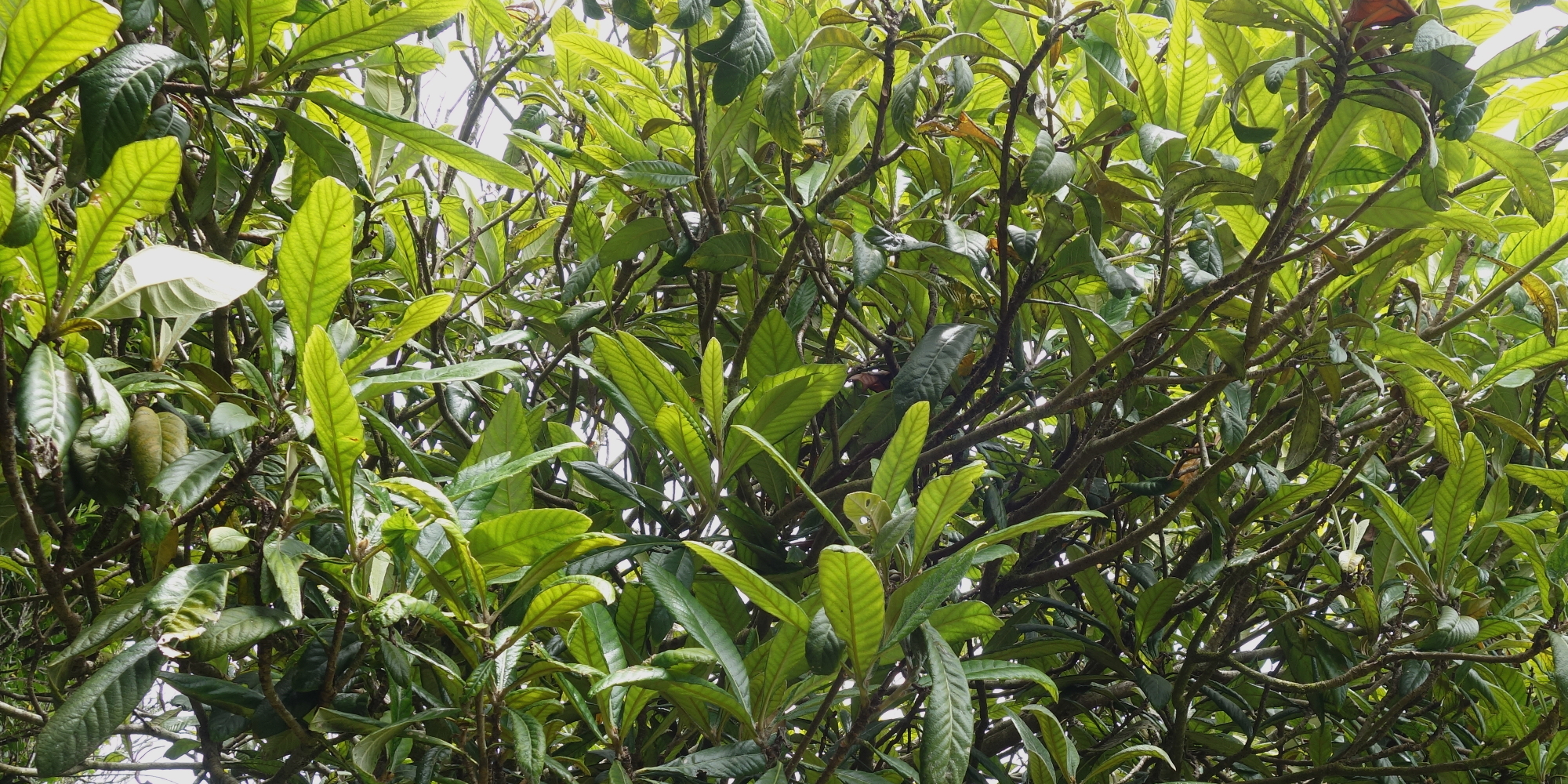Description
Description
Desert quandong is one of the most unusual and well-known of the Australian bushtucker fruits and we are excited to make them available. Desert quandong is from the sandalwood family (Santalaceae), and is actually a hemiparasite (which means they rely on host plants for water and soil nutrients, but not for sugars because they can photosynthesize for themselves). The fruit are bright red and roughly the size of a plum, with a tart taste described as somewhere between peach, apricot and rhubarb. In Australia they are grown on a limited commercial basis. The fruit is best enjoyed dried, stewed or made into jams/pies, but it can also be eaten fresh.
Desert quandong (as a clue from the ‘desert’ in the name) prefers very well-drained soil with lots of sun. The tricky part to growing them successfully is that they require a host plant in order to source their water and mineral needs from. Acacia and Casuarina seem to be the most common native host species, but many other nitrogen fixing species, herbs and even grasses can perform as a host plant. Desert quandong grows to only a large shrub or small tree size up to 6m tall, with very aesthetic long willow-shaped leaves.
Desert quandong has not been successfully grown as far as I’m aware in New Zealand – it’s pretty much fully experimental and you could be one of the first to get it to fruit in NZ (?). There are two reasons to suspect it might be more likely to succeed than at first glance in New Zealand.
1) Australian plants have proven highly adaptable to New Zealand conditions (e.g. Davidson plum can grow in most areas of the country), and ‘desert’ plants have too (carob can even fruit on the West Coast)
2) New Zealand has its own native species of parasitic sandalwood that grows in forest conditions (Mida salicifolia).
These seeds are fresh from our Australian supplier.
Seedpods per packet: 4
Growing Instructions
Desert quandong seeds require water entry to the seed to begin to germinate – either crack the seeds or sand a large area on the shell. Soak the seeds for 24-48 hours until well hydrated, and then plant directly into a well-draining seed raising mix containing a good portion of leaf litter of a suitable host species. Germination usually takes between 1 to 4 months, and prefers lower temperatures to germinate (Winter is good). 30-35% germination rate can be expected. It might be advantageous to germinate it directly onto a host species in a pot.
Choose a host species that grows well in your region, but is manageable and reasonably long lived. Desert quandong may parasitize tagasaste for example, but tagasaste are not long living – so wouldn’t be a good long-term host. Acacia and Casuarina species are probably the best host species for most of New Zealand, but it’s totally worth experimenting. Grass species (e.g. sugarcane) and other nitrogen fixing trees (e.g. Albizia) could also be excellent hosts (?) – it’s unknown, so experiment. Multiple host plants are possible as well.
Once your plant has germinated and is at a small size it needs to be grown with to its host species if it hasn’t already been.
Thank you for buying from West Coast Agroforestry – your support helps us to continue agroforestry / food forest research on the West Coast.








Reviews
There are no reviews yet.